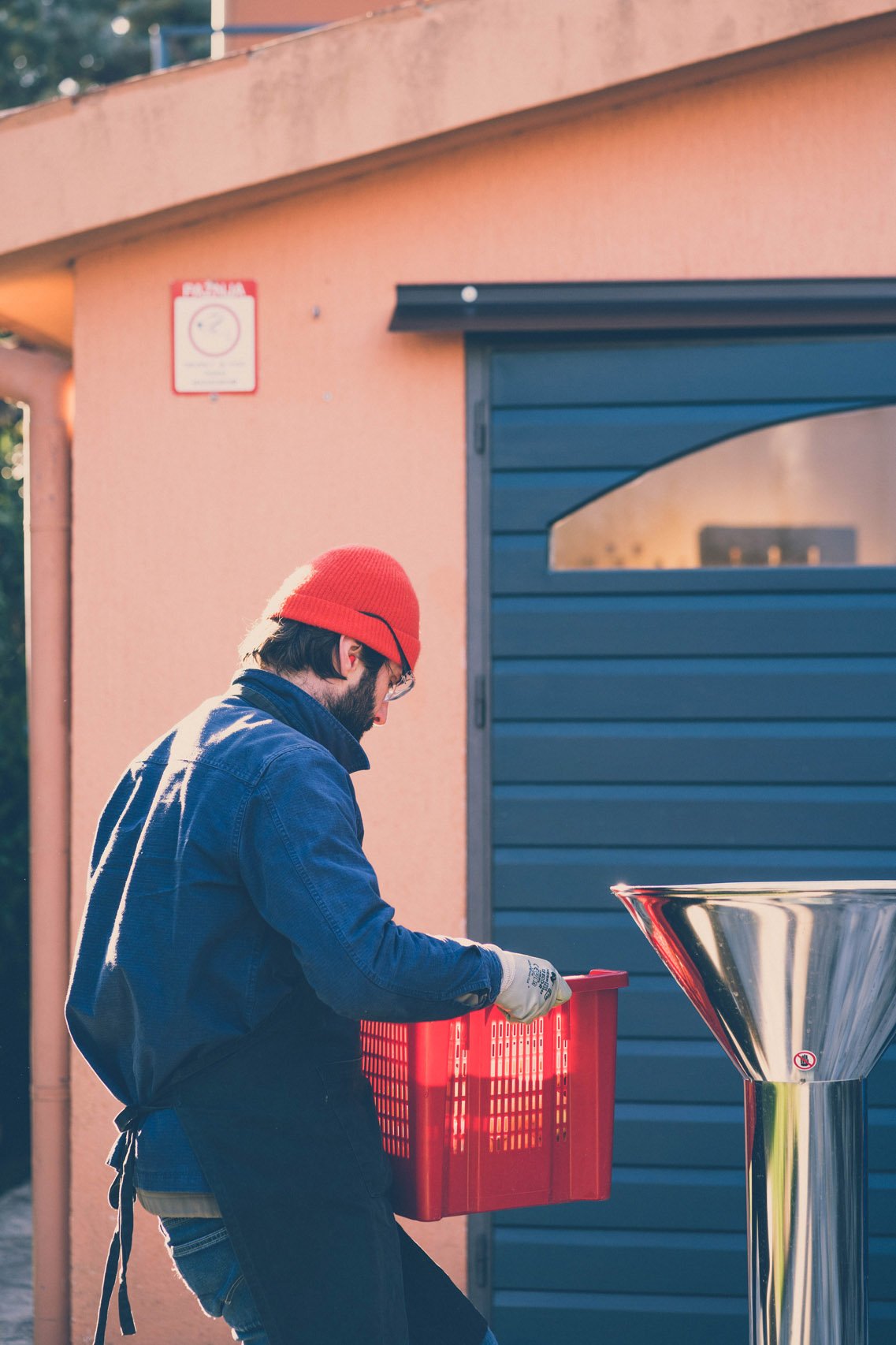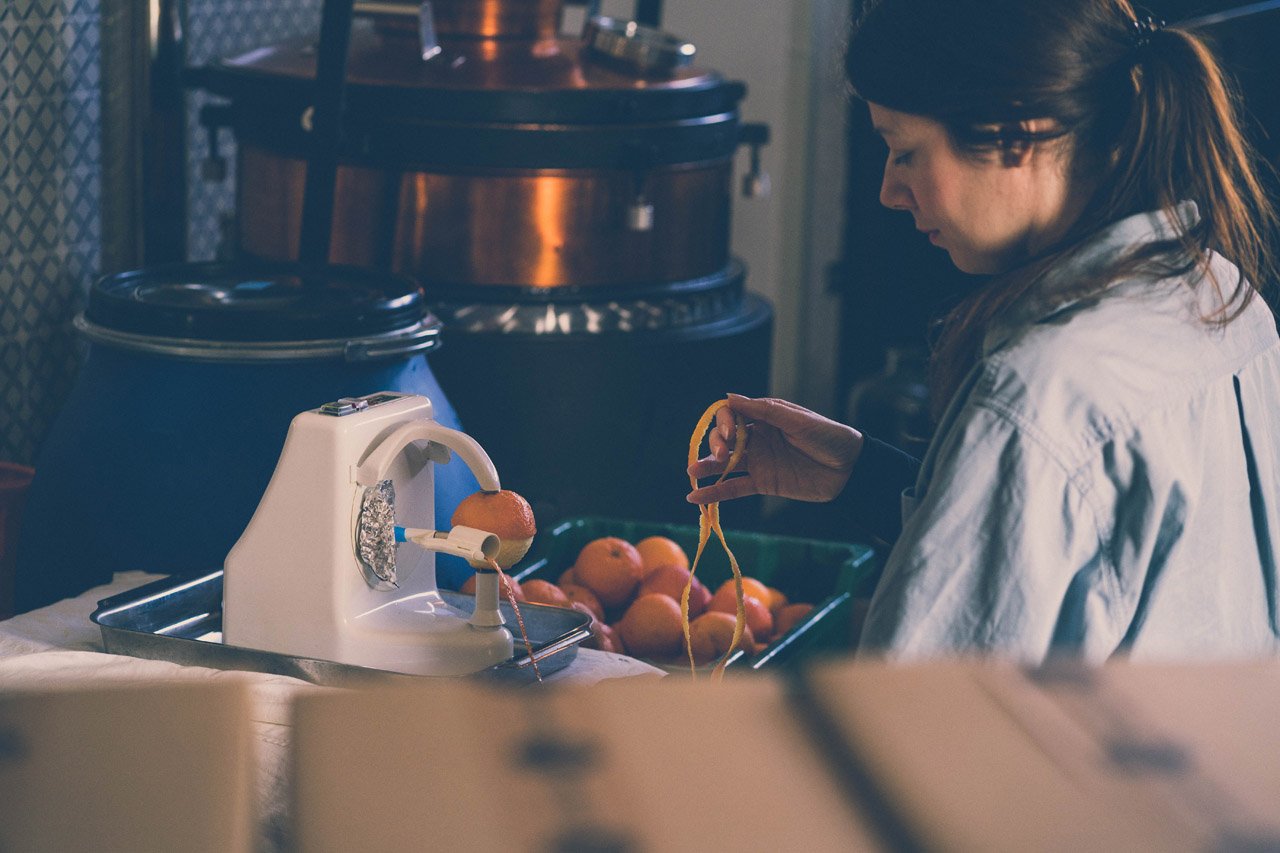WHY BEWARE, BLOOD ORANGE?
This eau de vie has all the characteristics of an orange, the good, and “the bad”: there’s acidity, there’s bitterness, there are citrus oils that we decided not to filter at the end, but only to separate from the top, as we didn’t want to hide those flavors. Drinking it can sometimes feel like an attack on the senses, and that’s why we called it Beware, Blood Orange. Surely by aging, even in the bottle, it will become smoother, and there might not be the need to be beware of it, but at the moment of creation, the name fitted perfectly.
CHARACTER
At the same time very expressive and nicely balanced, the best way to describe its character is “orange”, as drinking this eau de vie is a very similar experience to biting into a whole orange.






